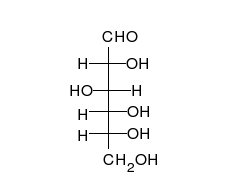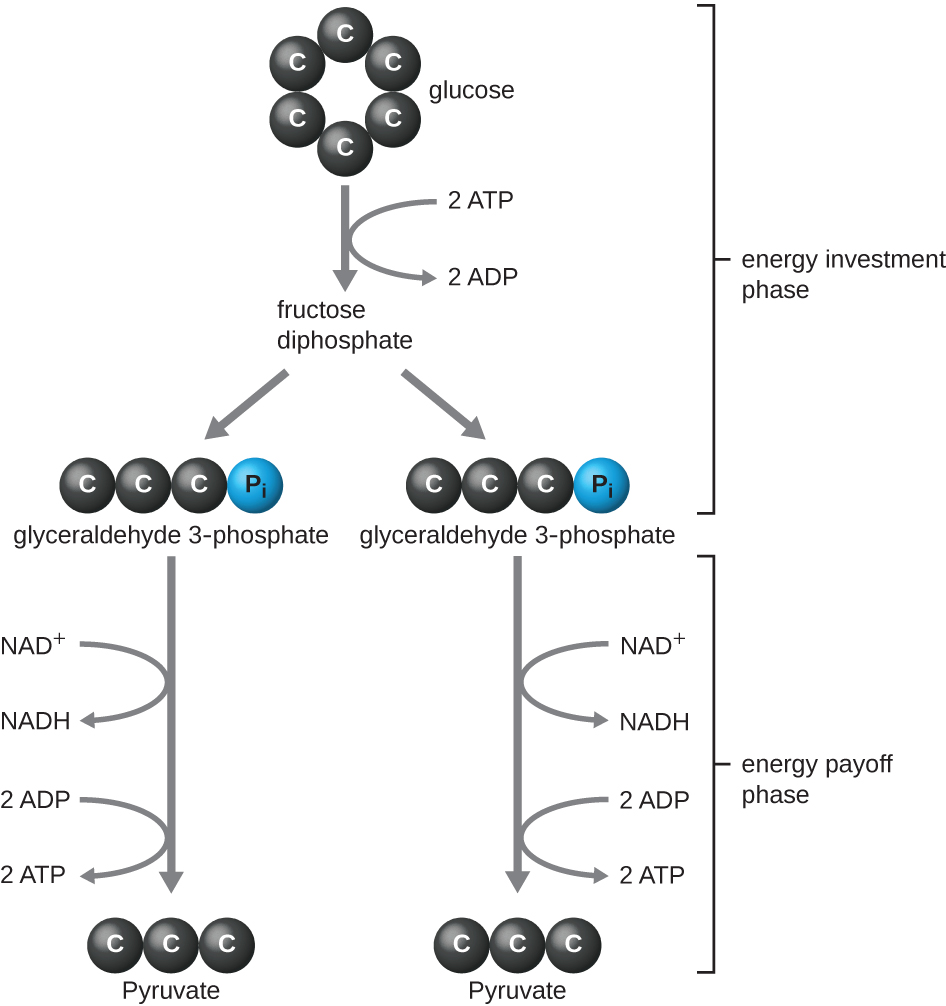Table of Contents
Breaking Down Carbohydrates for Energy
Energy is stored in the bonds of the carbohydrates. Breaking these bonds releases that energy. Crushing sugar crystals creates tiny electrical fields that give off invisible ultraviolet light. The wintergreen chemical (methyl salicylate) gets excited by these excited electrons and fluoresces in a visible blue wavelength. This phenomenon is called triboluminescence.

Cellular respiration is the process of breaking down carbohydrate molecules to produce energy in the form of ATP. This process involves both anaerobic and aerobic processes.
The reactions of cellular respiration involve oxidation and reduction. Oxidation results from a loss of electrons or hydrogen atoms. Reduction is a gain of these electrons or hydrogen atoms. This transfer of electrons releases the energy stored in organic molecules, which can then be used to produce ATP.
The reaction that describes cellular respiration can be written as follows:
C6H12O6 + 6 O2 → 6 CO2 + 6 H2O + Energy
The glucose (C6H12O6) is oxidized to carbon dioxide (CO2). The oxygen (O2) is reduced to water (H2O).
Cellular respiration does not occur in a single reaction, as the above equation seems to imply. Instead, the breakdown of glucose occurs in three stages: glycolysis, the citric acid cycle (Krebs cycle), and oxidative phosphorylation.
Glycolysis
Glucose is the preferred carbohydrate of cells. Glycolysis (glyco – sugar; lysis – splitting) is a universal process of all cells that occurs in the cytosol whereby the glucose (a 6-carbon sugar) is split into two pyruvate (a 3-carbon molecule) molecules to generate ATP and reduced NADH.
ATP (adenosine triphosphate) is the energy currency of the cell that stores chemical energy in three high energy phosphate bonds.
NADH (reduced nicotinamide adenine dinucleotide) is a high energy electron carrier that acts as a coenzyme in reactions and as a rechargeable battery of sorts. The uncharged state that is not carrying high energy electrons is called NAD+.
Glycolysis involves 10 reactions, each catalyzed by a different enzyme. These reactions occur in two phases: the energy investment phase and the energy payoff phase. In the energy investment phase, two molecules of ATP are used to start the process of breaking down glucose. In the energy payoff phase, the splitting of glucose results in the production of four molecules of ATP. Electrons are also released in this process and are picked up by NAD+ to produce two molecules of NADH.
The net products of glycolysis is therefore 2 molecules of pyruvate, 2 molecules of ATP, and two molecules of NADH.




